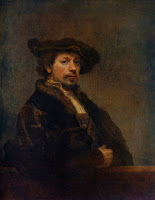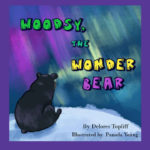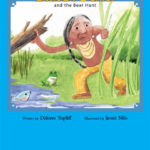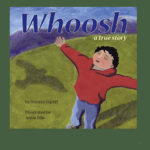 In Amsterdam’s Rikstad Museum, a friend pointed out one special touch that made Rembrandt an outstanding master. His subject’s eye color was not simply painted a solid brown or blue, but was highlighted with one single speck of white or pearl color, like light hitting and refracting from the eye, making it more life-like. Gaze in the eyes of a close friend or family member. Check their eye color, and you’ll see what I mean. Greatness comes from such perfect detail.
In Amsterdam’s Rikstad Museum, a friend pointed out one special touch that made Rembrandt an outstanding master. His subject’s eye color was not simply painted a solid brown or blue, but was highlighted with one single speck of white or pearl color, like light hitting and refracting from the eye, making it more life-like. Gaze in the eyes of a close friend or family member. Check their eye color, and you’ll see what I mean. Greatness comes from such perfect detail.
Well-chosen details in writing help our characters stand out from one another. Or describe a landscape in such specific detail we know what mood or emotion will follow. Shakespeare mastered that skill. Dickens brought it to perfection. His sunlit landscapes with balmy skies prepare us for happiness. Storms, with thunder and lightning rolling for light and sound effects, set the stage for brooding disaster. We feel shuddering terror in his Great Expectations graveyard scene just before the terrible Magwitch rises from behind a tombstone and demands food. The spider-web garlanded home of aged spinster, Miss Havisham, including her intact rotted wedding cake, shows as much information as the dialogue tells— and we nearly need to hold our hankies to our noses.
Choose a favorite book or scene that stays with you, utilizing a skill you’d love to use in your own writing or conversations. Kipling’s Jungle Books includes this northern India panorama scene, inviting our eyes to take the journey, too. In my mind’s eye, I have repeated this journey more times that I can count: “Looking across the valley, the eye was deceived by the size of things, and could not at first realize that what seemed to be low scrub, on the opposite mountain-flank, was in truth a forest of hundred-foot pines. Purun Bhagat saw an eagle swoop across the gigantic hollow, but the great bird dwindled to a dot ere it was half-way over.”
Now please name a favorite book or scene and say what you love most about it.






Leave a Reply